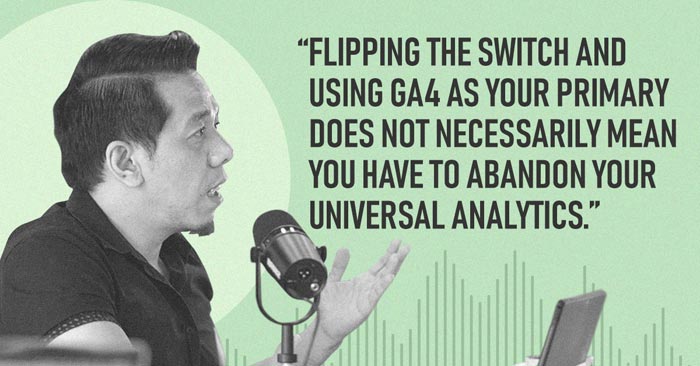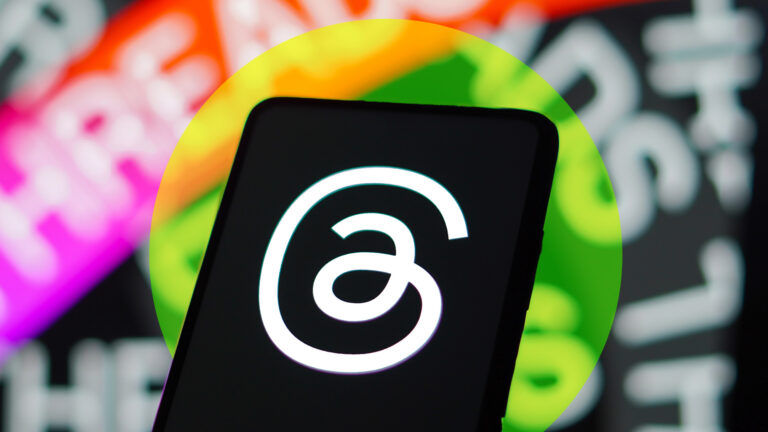Truelogic Episode 24 Recap: Social Media for Brands Part 2

With the continuous and fast growth of the digital marketing industry, it is a no-brainer that the demand for digital and social media marketers will rise. Data from LinkedIn shows that demand increased by 116.4%.
But the question is: do you have what it takes to be a good social and community manager?
Podcast Transcription
Ant Sierra: In the previous episode, we talked about how brands use social media for various purposes, most notably, establishing their presence in the market to get closer to their audience for conversion or to make a sale. So in this episode, let’s talk about the persons in the middle who makes all of it happen, the social media and community managers.
What does it take to be a social media manager?
- Being organized
Herr Reyes: One of the most important skills of a social media manager is being organized because many things are happening within social media handling.
And one of those things that we use to keep everything in check is the centralized document or brand guidelines.
- Work smart.
Herr Reyes: Since you have many things to do on social media, you have to work smart. So, for example, if you’re handling a lot of things that happen at the same time, you need to have a tool. Whenever we have to post on all these different platforms, we try to use a scheduling tool. So that’s already one way of working smart because you don’t have to log into everything if you’re handling more than one client. That’s very important.
- Always monitor your competitors.
Jake Macapagal: What’s on my mind right now is that I always monitor our competitors or any successful pages related to the industry. My tip is to always look at what works for them or what kind of content their audience consumes; what posts get the highest engagement?
- Always focus on your objectives, and what types of content impact the objective more?
Jake Macapagal: It all comes down to what you wanted to achieve in terms of engagement. If you’re trying to sell stuff, conversions or leads will matter more. But if you’re trying to go viral, I think engagement and reach will matter more than leads.
Herr Reyes: For me, it’s effective if you do the ads. On a platform like Facebook, Twitter, or Instagram, a lot of content is posted daily. So, to get your content noticed, you should do ads.
James Pebenito: It goes back to your brand’s needs. What are their objectives on social media? So from there, you’re going to see what their main objective is and that will fit your brand.
Followers vs. Engagers
Ant Sierra: Let’s talk about worth of followers versus engagers. What’s the difference between the two, and which type of audience is more relevant?
The main difference between them is that followers speak for themselves. Followers follow and like your page, but for engagers, they don’t necessarily have to be followers of your page, but they’re users who interact with your content.
Ant Sierra: If you’re a brand, which of the tools should you be targeting to have? Do you want followers or do you want more engagers?
James Pebenito: both. If you are still starting, it’s both. If you had more followers, then you wouldn’t have to rely on your engagers. If I’m not mistaken, engagers only last for something like one month. So, at least, if you have more followers, post this content then you see it like you have this large number of followers already, that’s going to boost your content page.
Ant Sierra: So how does it affect your return on ad spend when you run an ad to these audiences?
Jake Macapagal: Based on the clients we’re handling, the better your ads perform, the better your return on ad spend will be. For example, if you have good engagement and you’re getting more leads, I noticed that the cost per lead decreases, which means if you acquire more leads, the cost decreases. And then the opposite also applies: if our performance is not so good, the cost per lead increases. Therefore, your performance is directly related to the return on advertising spent.
James Pebenito: Well, it doesn’t necessarily have to be return on your ad spend, like in terms of conversions. For example, you won’t get any money back for the month, but you’ll have a certain number of followers for that specific month. So I guess it’s fulfilling the projections you set for a specific month. For this month, your projection is 1,000 next. So, if you’ve reached that, then sure. You’ve already reaped the benefit of the ad spend. So it’s more about fulfilling, really, the projections that you’ve set out for the entire campaign.
Managing the Expectations of Clients
Ant Sierra: How do you guys manage expectations versus reality, especially when it comes to higher-ups?
Herr Reyes: Social media is misunderstood a lot, especially in the Philippines. For example, if we say Facebook marketing, the clients expect, “We will get viral if we post this!” This is one of the struggles of a social media manager. You have to explain to the client that if they set this objective, what are the things they will get in return?
For example, if you do awareness campaigns and your brand is just getting started, you can’t expect to get leads and conversions immediately. You have to get your brand out there first.
Another example is that some industries are very hard to sell on social media. For example, real estate. If you are looking for a house, a condominium, or if you saw a post or an ad on Facebook, you will not automatically say, “I like this post, I want to buy this house.”
So that’s one example of setting expectations. You’re engaging with your audience and it does not automatically equate to conversion because there are many layers when it comes to buying things.
When it comes to audiences, sometimes the client says, “This is our target market.” But when you look at the data, it’s the opposite of what the clients are saying. So how do we reconcile it? Do we tell the client that these are not the people who are not engaged with your posts, or can we adjust the content to fit the target market of our clients? So those are the two options, but again, these things are hard to achieve.
Jake Macapagal: In terms of workflow in our team, we follow a certain monthly routine. Sometimes it’s getting harder to manage if you’re handling multiple clients, so you have to set up now. At least two weeks before next month, we submit our calendar to our clients, and once approved, that’s the time we will make an ad plan.
Part of that workflow is also developing creative ideas. So I think it’s an aspect of social media that a lot of brands think is super easy. It’s hard to connect with an audience. Let’s face it. If you’re a brand on social media, you’re not just a brand; you’re a person. You have a personality. To reflect that personality, you have to be able to craft a solid rapport through your content. That would help you resonate with your audience. And that is the hard part.
It takes a lot of time and a huge chunk of the workflow just to develop the materials that you have to use when you want to connect. You are a ship. The audience is the document. And your content is the anchor.
Herr Reyes: Another misunderstanding about social media managers is that they are the ones who will be doing all the work on social media. She will come up with creative strategies and write content. But in reality, it takes a team. I think that’s something that people need to understand.
And then when we look at the back end of things, there are also monthly calendars, and then we also do daily tasks like checking the engagements and activity within the page every day. We also do all the advanced work that social media managers have to do because you should not create content in the same month.
I’m trying to say social media management, it’s a full-time job. I think a lot of us can relate that sometimes we are becoming like the marketing of a company. They think of us as interns in a way. So that’s one of the struggles as a social media manager.
Ant Sierra: So guys, everyone who’s listening right now, social media management, everything that has to do with social media, is a full-time job. So I guess that wraps up this episode. Thank you for listening. For more digital marketing resources, visit https://www.truelogic.com.ph/. You may also visit our Facebook, Twitter, Instagram, YouTube, and LinkedIn pages to stay updated!
Don’t forget to subscribe to our Spotify, Google, and Apple accounts and set up your alert for new episodes. And thank you again for listening to the Truelogic DX podcast until the next episode.









